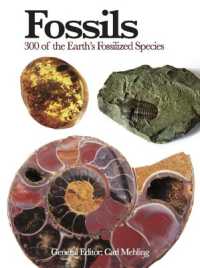- ホーム
- > 洋書
- > 英文書
- > Politics / International Relations
Full Description
mso-fareast-language: EN-IN;"> It features examples of application of the approach with topics as diverse as obesity, economic policy, migration, drug and alcohol policy, and gender equality.






